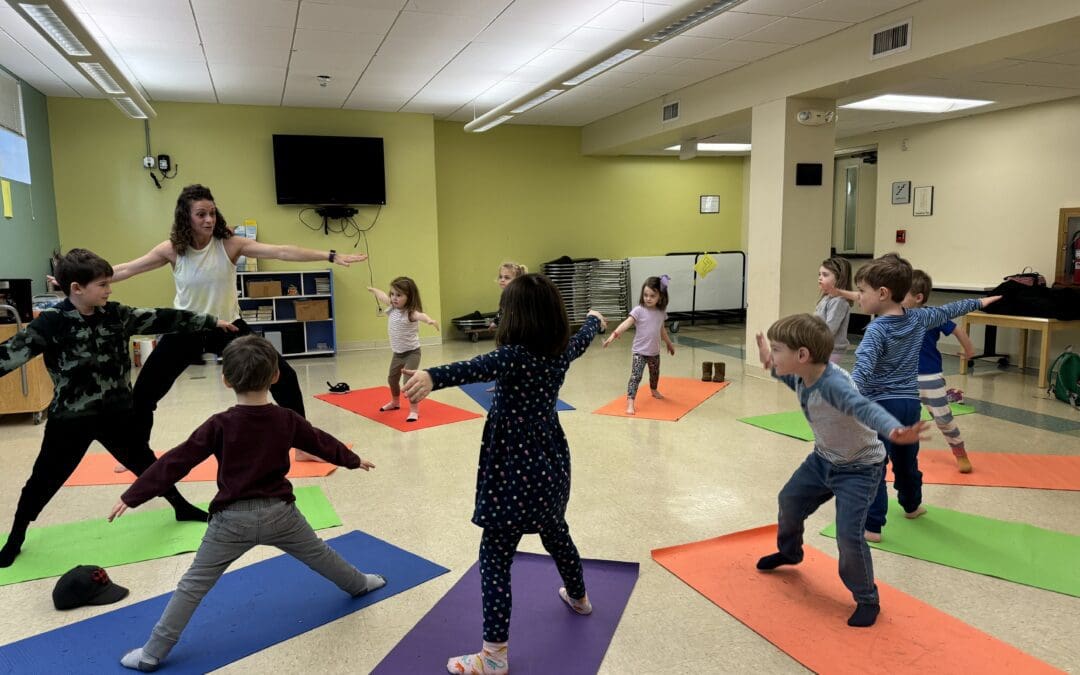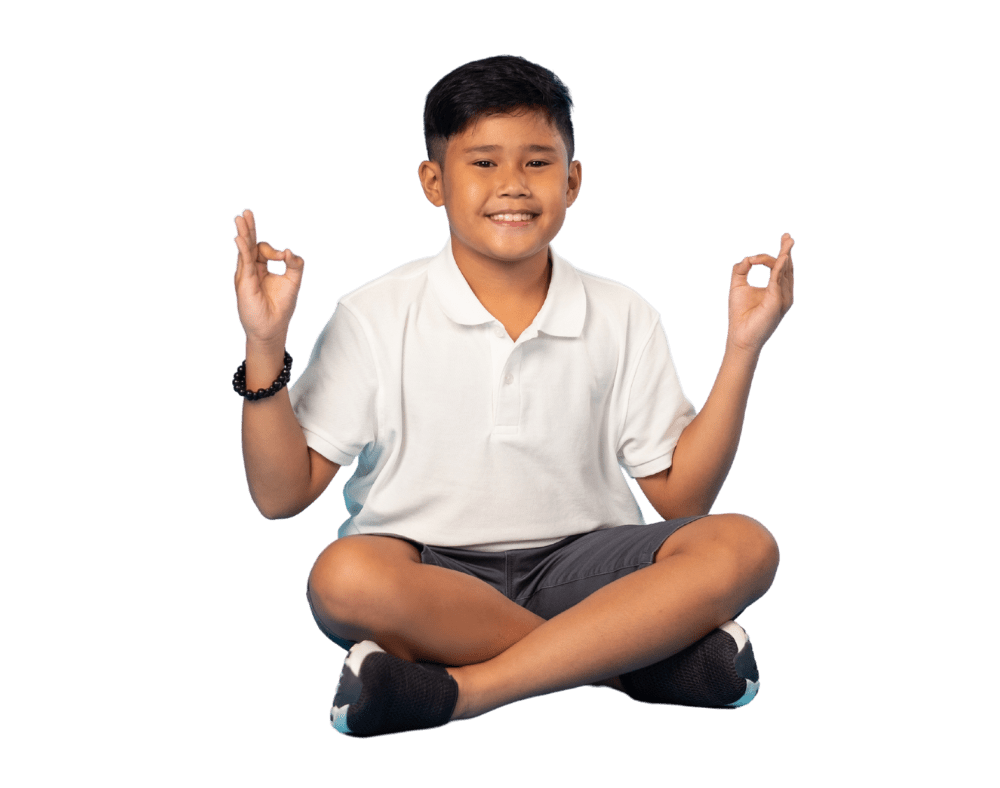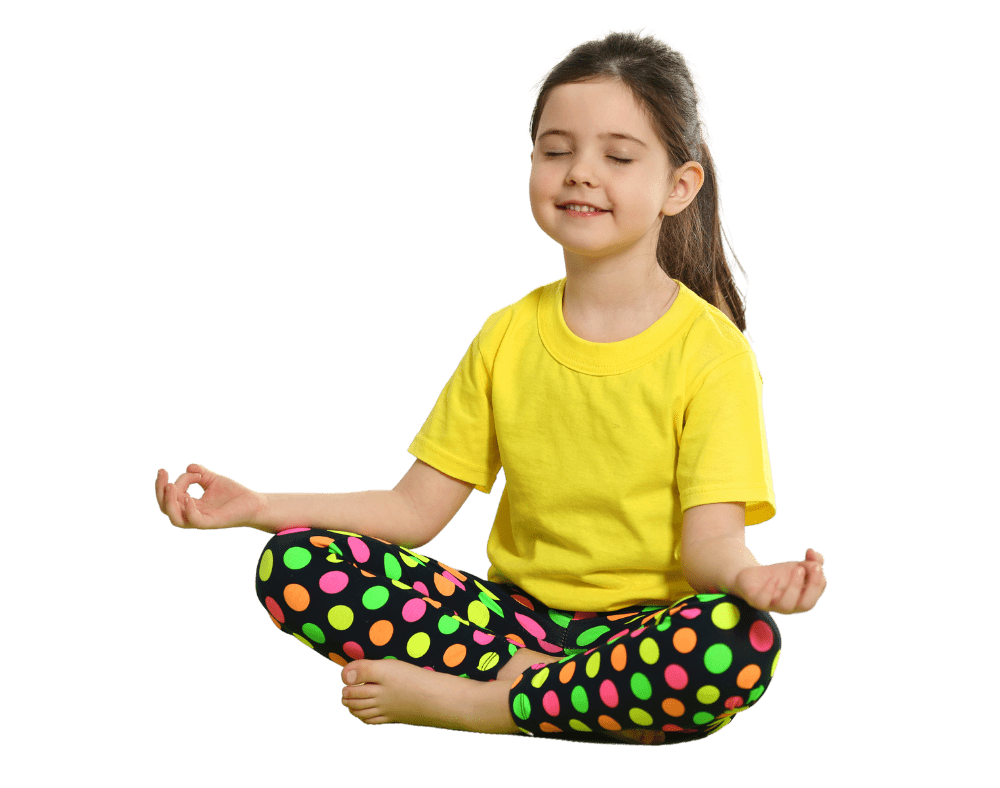My son attends one of my weekly preschool classes. Usually, he sits in another room while I work, but I recently asked him if he wanted to teach with me, and he agreed. (He is almost 7, and the students in the class are 4-5 years old.) What happened was pretty magical! The children in the class were far more attentive and engaged when my son participated as my assistant. In the past, I have often given children in the class the opportunity to teach a pose or lead a salutation, but this experience opened my eyes to the power of peer teaching. So I dug a little deeper.
Peer teaching is a method in which students take on the role of both teachers and learners, working together to enhance their understanding of a subject. It involves learners and teachers of the same or different age groups or levels of development. Peer teaching is a successful and effective practice methodology that helps students increase their academic and social skills. My son teaching with me is proof of this!
Why Does Peer Teaching Work Best? Peer teaching works best for several reasons and when it comes to kids teaching other kids in yoga classes, the power of peer teaching still holds true:
- Enhanced Understanding: When kids teach their peers in yoga classes, they have to explain the poses and concepts in a way that their peers can understand. This process deepens their own understanding of the poses and helps them internalize the benefits of each pose.
- Active Learning: Peer teaching in yoga classes encourages active learning. Kids actively engage in the teaching process by demonstrating and guiding their peers through the poses. This active involvement helps them retain information better and develop a deeper understanding of yoga.
- Increased Motivation: Kids teaching other kids in yoga classes can increase motivation among the participants. When kids take on the role of a teacher, they feel a sense of responsibility and ownership over their learning. This motivation can lead to improved engagement and enjoyment of the yoga practice.
- Improved Communication Skills: Peer teaching in yoga classes provides an opportunity for kids to develop their communication skills. They learn how to articulate instructions clearly, listen actively to their peers, and provide constructive feedback. These communication skills are valuable both on and off the yoga mat.
- Building Relationships: Peer teaching in yoga classes fosters positive relationships among kids. It creates a supportive and collaborative learning environment where kids can learn from and with each other. This sense of community and connection enhances the overall yoga experience
By allowing kids to take on the role of teachers in yoga classes, they not only deepen their own understanding and skills but also create a positive and engaging learning environment for their peers. It’s a win-win situation!
Here are some fun and effective ways for peers to teach each other in yoga class:
- Pose Creation: Allow each child to come up with their own yoga pose and share it with the group. This encourages creativity and active participation.
- Mini-flows: Give each child a chance to lead a short yoga flow or concept. This allows them to practice their teaching skills and share their knowledge with their peers.
- Be the Teacher: Each child picks 2 pose cards and one other card (meditation, mindfulness, etc.) from the Yoga Card Deck. Then, one at a time, they teach the rest of the class how to perform the poses and leads the activity. Have a short class or a large number of kids? Each child only teaches one card.
- Partner Poses: Encourage children to work together and teach each other partner poses. This fosters teamwork, communication, and trust-building among the participants. Partner poses can be a fun and interactive way for children to learn from one another.
- Storytelling: Incorporate storytelling into the yoga class. Children can take turns telling a story while incorporating yoga poses that represent different elements of the story.
My son has continued to attend and lead classes with me. It’s been a huge help for me, the students are enjoying it, and I’m selfishly grateful for the skills my son is developing.




